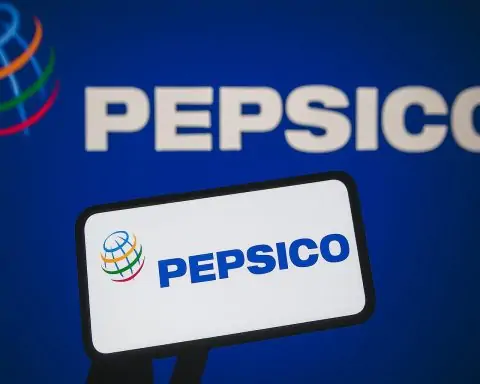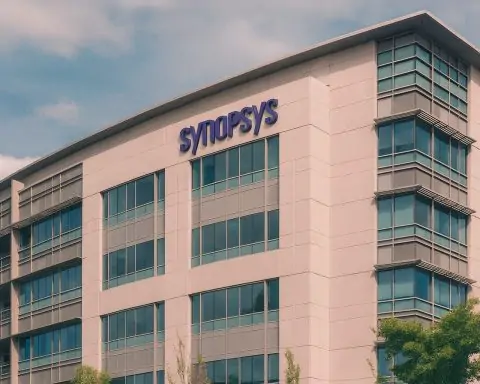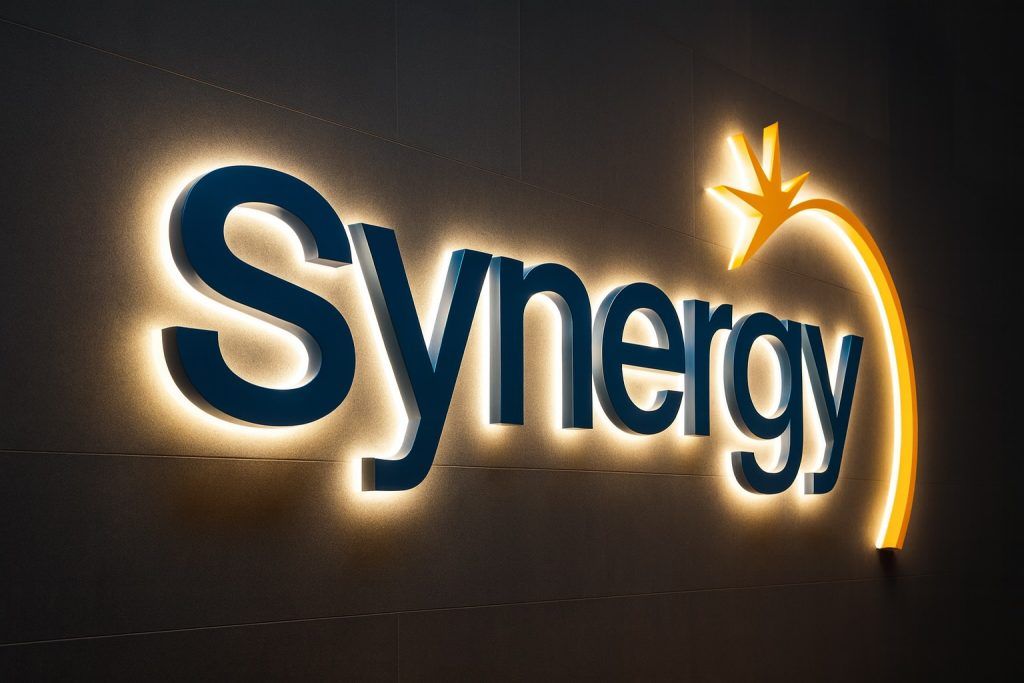- New Sunday Hours: Starting Oct. 12, 2025, Sam’s Club will open 2 hours earlier and close 2 hours later on Sundays, moving from 10 am–6 pm to a flat 8 am–8 pm schedule [1]. (Most clubs will also run 8 am–8 pm Mon–Sat.)
- Plus Members Get Early Access: The highest-tier Plus members keep their exclusive early shopping hour (8 am–9 am daily) [2]. Curbside pickup, cafe, and fuel-center hours are all adjusted to fit the new 8–8 framework.
- “Overwhelming Feedback”: Sam’s Club says this change comes in response to “overwhelming feedback” from members wanting more weekend flexibility [3]. The chain will also now stay open until 8 pm on major holidays (Memorial Day, July 4, Labor Day, New Year’s Eve) instead of 6 pm [4].
- Membership Club Boom: Data show warehouse clubs are outperforming general retailers. TechSpace2 reports that foot traffic at membership clubs (Costco, Sam’s, BJ’s) rose ~3–6% year-over-year in early 2025, even as stores like Walmart and Target saw declines [5]. Retail analyst Burt Flickinger quips that Costco is “better at everything” versus traditional retailers [6] – a trend Sam’s aims to match by enhancing convenience.
- Competitive Context: For perspective, Costco (the industry leader) now boasts >81 million members (up ~7% YoY) with ~90% renewal rates [7]. Walmart (which owns Sam’s Club) is pitching Sam’s as a fast-growing business – Sam’s CEO Chris Nicholas plans to double membership and more than double sales/profit in 8–10 years [8].
- Stock & Outlook: Walmart (NYSE: WMT) stock is around $101–$102 as of Oct 10, 2025 [9]. (Forward P/E ~36× [10].) Costco (NASDAQ: COST) trades near $942–$943 [11] (forward P/E ~46× [12]). Analysts remain bullish: Costco’s 12‑month price target is ~$1,065 (~+15%) [13], and some forecasts see it near $1,100–1,200 by 2027 [14]. Walmart’s guidance for FY2026 calls for roughly 4% sales growth and EPS ~$2.52–2.62 [15], underpinned by strength at Sam’s Club (which delivered nearly +6% comp growth in Q2 FY2026 [16]).
Why the Change Now
Sam’s Club says members “overwhelmingly” asked for longer weekend hours [17]. In practice, extending Sunday hours helps spread out crowds and gives big-shopping members more flexibility. Plus members keep their 8–9 am head start, preserving that perk for a higher fee tier [18]. The move also simplifies scheduling: most clubs will now run 8 am–8 pm every day (except a few local exceptions) [19]. Walmart spokesman Steven Zapata confirmed to reporters that customer feedback prompted this shift [20].
Analysts see this as a savvy member-driven strategy. A TechSpace2 analysis notes warehouse clubs are gaining share amid retail headwinds, with Sam’s aiming to offer as much convenience as rivals [21] [22]. Retail expert Burt Flickinger even says Costco (Sam’s Club’s chief rival) is “better at everything” on pricing and service [23], thanks to its membership model. Sam’s latest move – earlier Sunday opens and later closes – is directly aimed at matching that value proposition.
Impact on Shoppers & Employees
Most Sam’s Club members should welcome later hours and more holiday shopping time. Families and bulk buyers get extra hours on weekends and holidays, making last-minute purchases easier. Sam’s Club highlights that popular days like July 4th and Labor Day will stay open until 8 pm (instead of 6 pm) [24]. Curbside pickup will start as early as 7 am, and fuel stations open even earlier, aligning with the new schedule [25].
For workers, the change means longer shifts on Sundays and some holidays. Walmart has not disclosed specific staffing plans, but says local stores will adjust schedules as needed. The company previously emphasized that making hours consistent simplifies planning. Sam’s also reported it has record-high membership now, which should help justify any extra labor costs. In fact, Sam’s Club’s own projections (from its April 2025 Investor Meeting) envision doubling membership over the next decade [26] – so investing in customer convenience is part of a long-term growth plan.
Retail & Economic Context
Warehouse clubs are outperforming general retailers right now. Consumer visits to bulk retailers like Costco, Sam’s and BJ’s rose several percentage points in 2025, as shoppers hunted value amid inflation [27]. By contrast, foot traffic at standard big-box stores (including Walmart and Target) was flat or down year-over-year [28]. This suggests value-seeking consumers are flocking to memberships for essentials and deals.
Costco’s recent results illustrate this trend. Its Q4 2025 sales rose 8% (driven by staples and even a 13.6% e-commerce surge), and it reported an 11% jump in profit [29]. TechSpace2 notes Costco’s membership fee income hit a record $4.5 billion, with membership count over 81 million and renewals ~90% [30]. Those loyal membership bases give warehouse clubs pricing power and steady income. Sam’s Club is trying to tap the same dynamic: its Member’s Mark private label already drove half of its recent sales growth [31], and digital tools like Scan & Go are boosting sales. The extended hours are simply the next step in making Sam’s Club more convenient and competitive.
Economists point out that even as consumer confidence wavers (U-Michigan sentiment is still subdued), core spending on groceries and household goods remains fairly strong [32] [33]. Extended hours could capitalize on last-minute holiday buying or weekend errands when people have free time. Of course, longer hours mean higher labor costs. Retail analysis (e.g. Kantar Retail via AInvest) warns that extended hours might compress margins short-term as wages rise [34] [35]. Walmart has acknowledged higher wages and technology spending are squeezing margins [36]. Yet the strategy is to trade a bit of margin for sales and loyalty – Walmart expects tech and efficiency gains (like AI and automation) to offset costs over time [37] [38].
Market Reaction & Forecast
Sam’s Club is a big part of Walmart’s future growth narrative. In recent months WMT stock has performed well: as of Oct. 10, 2025 it’s roughly $101.77 [39], near its 52-week high. Zacks/Nasdaq note that Walmart’s 12‑month forward P/E (~36.5×) is well above the retail average [40] – investors are paying a premium for Walmart’s omnichannel and membership-driven model. Indeed, Walmart’s shares have outperformed peers lately (up ~8.5% over 3 months versus Costco’s ~–5.7% and Target’s –13.7%) [41].
Analysts remain optimistic. Walmart projects moderate growth: FY2026 sales +3.75–4.75% and EPS of ~$2.52–2.62 [42]. Importantly, Sam’s Club comps were up ~6% in Q2 FY2026 [43], showing it is already contributing to Walmart’s gains. For Costco (a bellwether), Wall Street expects continued strength: roughly 30 analysts rate it a “Buy” with a median 12‑month target ~$1,065 [44]. TS2.tech notes if Costco sustains high-single-digit growth, its stock could hit $1,100–$1,200 by 2027 [45].
For Sam’s Club specifically, this hours change is a small part of a big picture. The company is streaming investments into e-commerce and services, and its CEO says it’s “investing with intention” to become “the world’s best club retailer” [46] [47]. If longer hours keep members happy and attract new ones, Sam’s could see higher traffic and sales per club – bolstering Walmart’s goal of doubling Sam’s membership over time.
Bottom Line: Sam’s Club’s extended hours are the latest move in a sweeping retail strategy. Experts see this as a signal that warehouse clubs are confident about consumer demand – a contrast to the broader retail gloom. As TechSpace2 observes, the club model’s “treasure hunt” value is drawing customers [48] [49]. If Sam’s Club can capture more of that trend (while managing costs), both shoppers and investors could benefit.
Sources: Sam’s Club/Walmart announcements and SEC filings [50] [51]; reporting from Reuters/USA Today [52]; retail analysis from TS2.tech [53] [54] [55]; and market data from Reuters, Zacks/Nasdaq and other financial outlets [56] [57] [58].
References
1. economictimes.indiatimes.com, 2. economictimes.indiatimes.com, 3. economictimes.indiatimes.com, 4. economictimes.indiatimes.com, 5. ts2.tech, 6. ts2.tech, 7. ts2.tech, 8. corporate.walmart.com, 9. www.reuters.com, 10. www.nasdaq.com, 11. www.reuters.com, 12. www.reuters.com, 13. ts2.tech, 14. ts2.tech, 15. www.nasdaq.com, 16. www.nasdaq.com, 17. economictimes.indiatimes.com, 18. economictimes.indiatimes.com, 19. economictimes.indiatimes.com, 20. economictimes.indiatimes.com, 21. ts2.tech, 22. ts2.tech, 23. ts2.tech, 24. economictimes.indiatimes.com, 25. economictimes.indiatimes.com, 26. corporate.walmart.com, 27. ts2.tech, 28. ts2.tech, 29. ts2.tech, 30. ts2.tech, 31. corporate.walmart.com, 32. www.ainvest.com, 33. ts2.tech, 34. www.ainvest.com, 35. www.nasdaq.com, 36. www.nasdaq.com, 37. www.nasdaq.com, 38. www.ainvest.com, 39. www.reuters.com, 40. www.nasdaq.com, 41. www.nasdaq.com, 42. www.nasdaq.com, 43. www.nasdaq.com, 44. ts2.tech, 45. ts2.tech, 46. corporate.walmart.com, 47. corporate.walmart.com, 48. ts2.tech, 49. ts2.tech, 50. corporate.walmart.com, 51. economictimes.indiatimes.com, 52. economictimes.indiatimes.com, 53. ts2.tech, 54. ts2.tech, 55. ts2.tech, 56. www.reuters.com, 57. www.reuters.com, 58. www.nasdaq.com










